Prioritizing gender equality can help us build back stronger from COVID-19.
Here’s how.
The pandemic has impacted millions around the world, with women being some of the hardest hit. As economies rebuild, new data shows how when we prioritize solutions that help women, all people benefit.
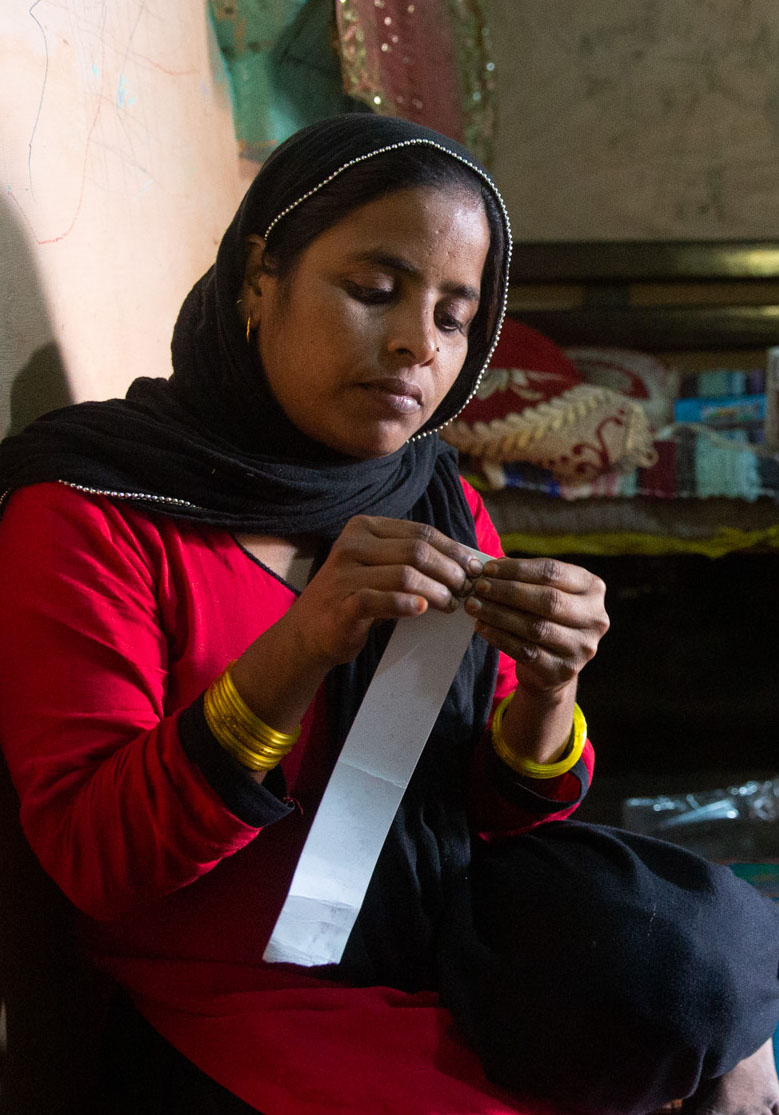
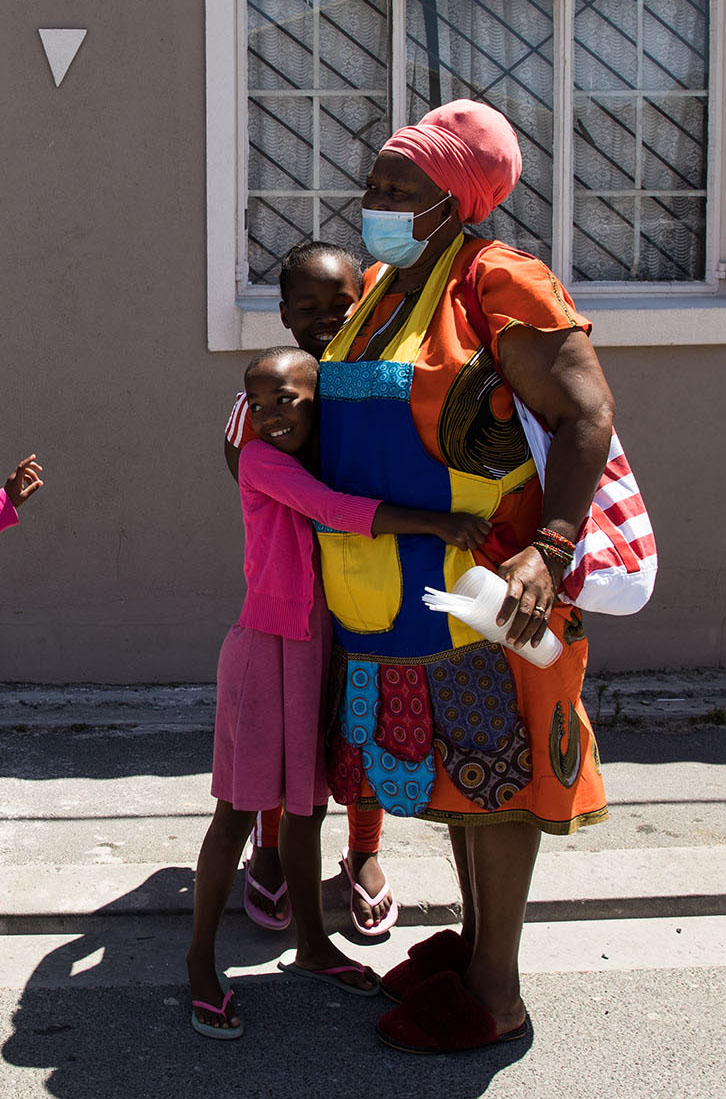
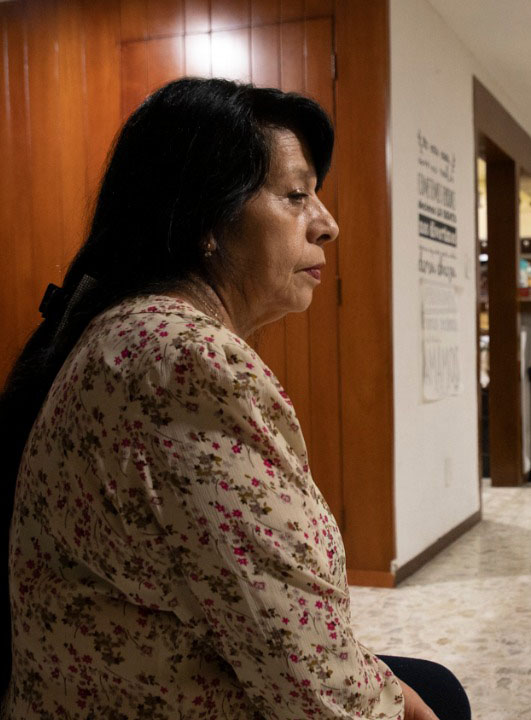
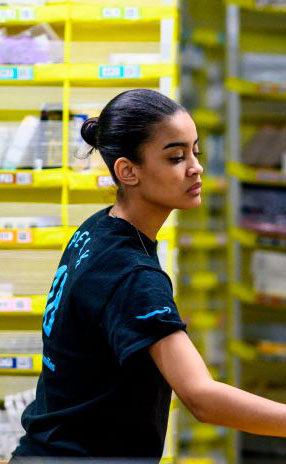
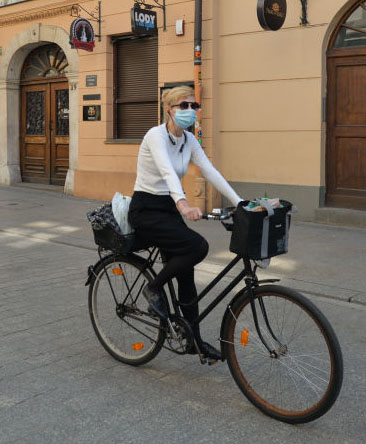
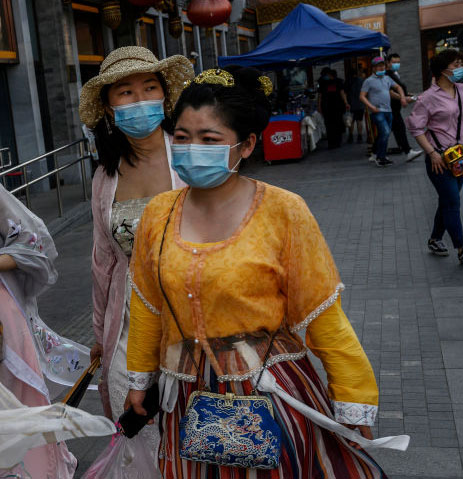
This is the global workforce.
In 2020, 1 in 20 women lost their job.
This represents women
This represents men
That’s 64 million women globally without the chance to make a living for themselves or contribute to their local economies.
In nearly every country, a greater percentage of women have lost their jobs compared to men.
Note: Data include formal employment only. Data from African countries are not available because the majority of female workers there participate in informal occupations such as farming, family businesses, or caregiving
0
-20
- Switzerland
- South Korea
- Thailand
- Portugal
- Australia
- Vietnam
- Spain
- Moldova
- U.S.
- Brazil
- Canada
- Mexico
- Chile
- Equador
- Costa Rica
- Colombia
-2.0%
-2.0%
-2.3%
-3.5%
-4.1%
-4.3%
-4.5%
-3.9%
-5.2%
-5.7%
-6.4%
-7.7%
-10.1%
-11.4%
-13.4%
-10.7%
-13.9%
-10.7%
-14.0%
-17.8%
-18.8%
-17.0%
-21.5%
-18.2%
-26.2%
-15.6%
-27.1%
-17.9%
-27.2%
In the age of COVID-19, why are women particularly vulnerable to job loss?
40% of employed women are in sectors like retail, business, and manufacturing—industries especially hard hit by the pandemic.







With schools closed, women’s caregiving burdens have also increased significantly.
By one estimate, women are spending five more hours per week on child care than they did before the pandemic.
Hours per week spent on child care

















Before 2020:
26 hours
During 2020:
31 hours
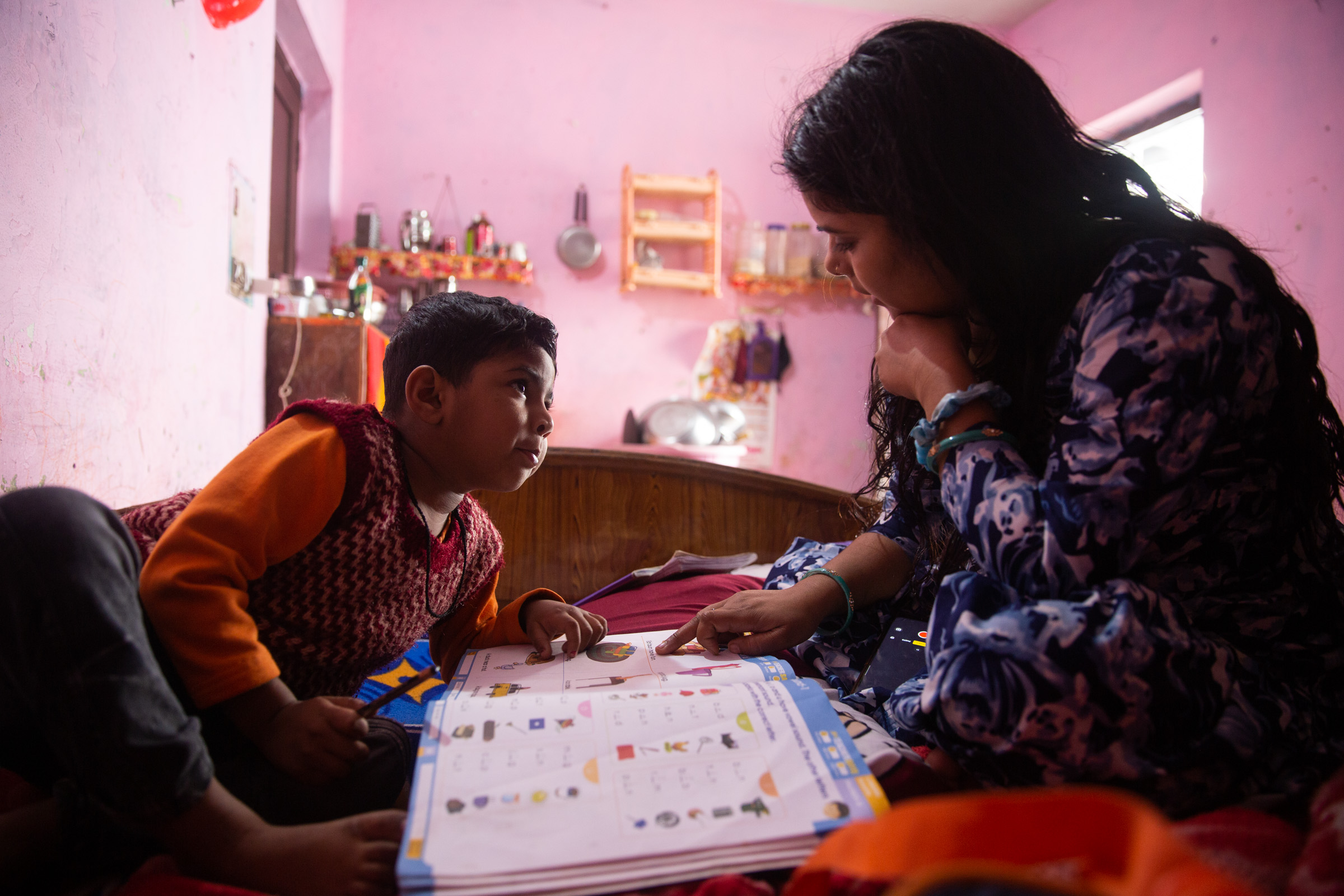
GDP of OECD countries
$6+
trillion
$1 trillion
$2 trillion
$3 trillion
$1 trillion
$2 trillion
$3 trillion
-15%
of GDP
By choosing to invest in women, we can improve the lives of all people.
When economic policy is designed with women in mind, economies grow.
If global female employment rates were to increase to that of Sweden, at 69%, GDP in OECD countries alone could expand by US$6+ trillion.
Economies shrink when women are left out.
By one estimate, existing gender gaps in OECD countries are costing economies 15% of GDP.
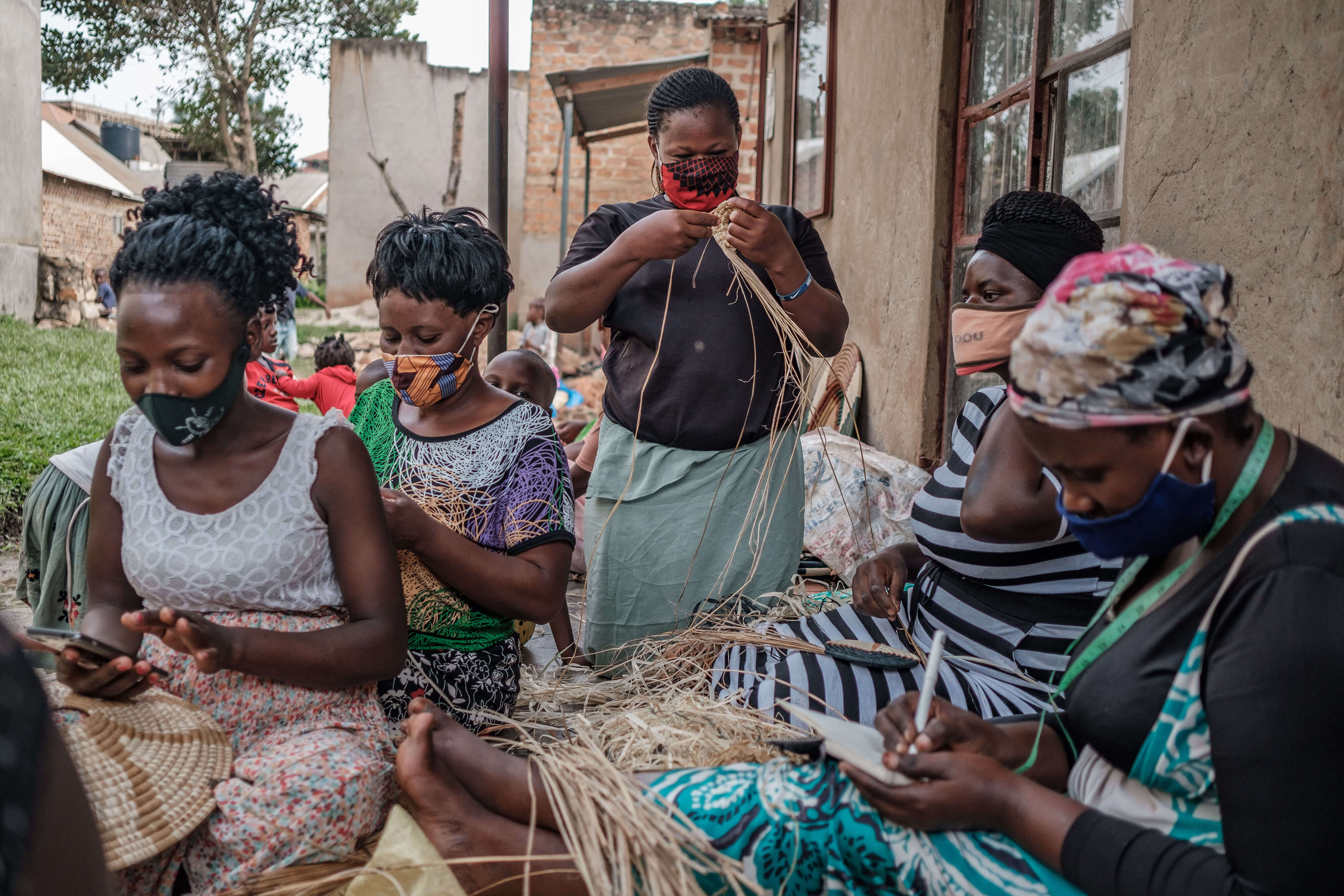

Solution 1
Leverage digital tools
Solution 2
Support women’s businesses
Solution 3
Make every worker count
Solution 4
Rethink caregiving
What can we do today to build a more equal tomorrow? Here are four ways forward.
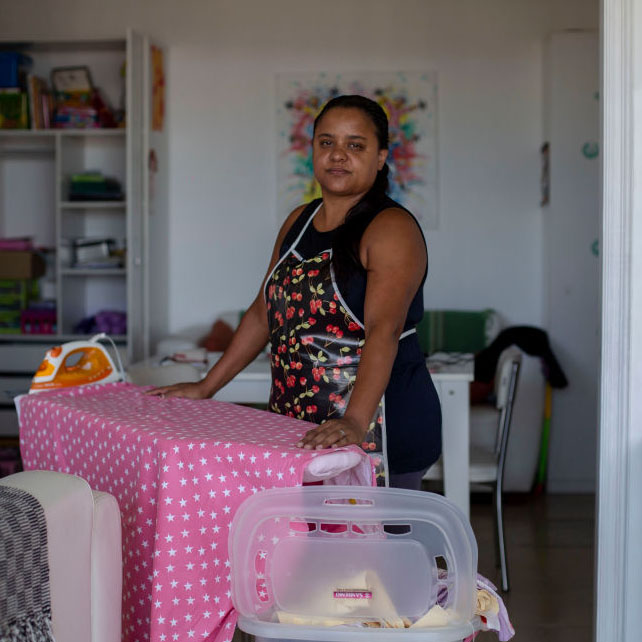
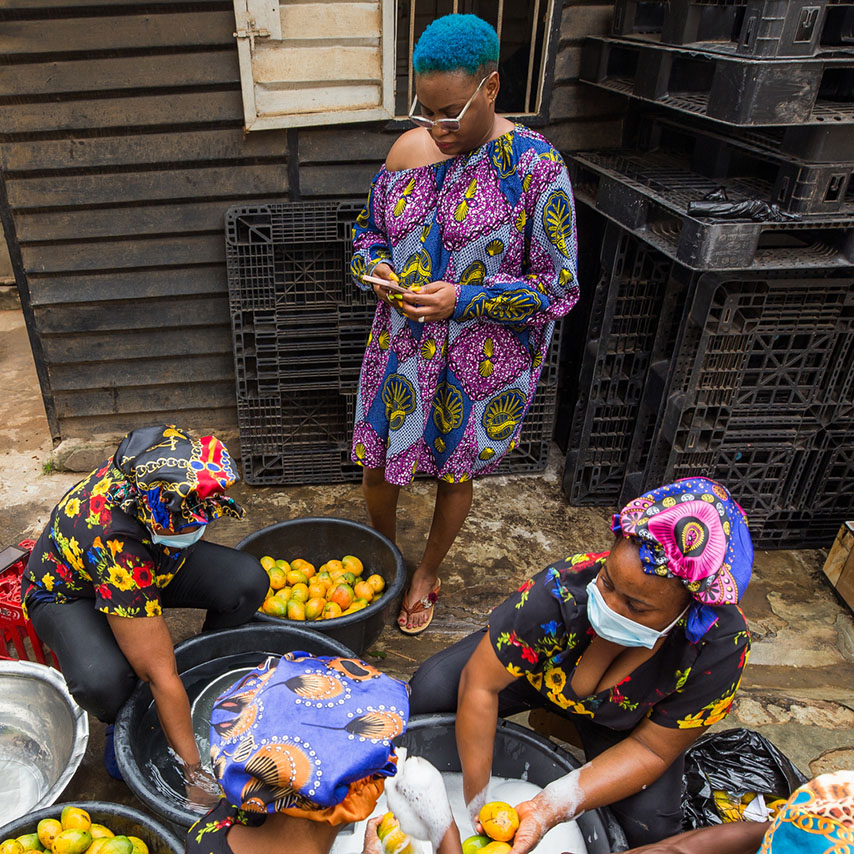
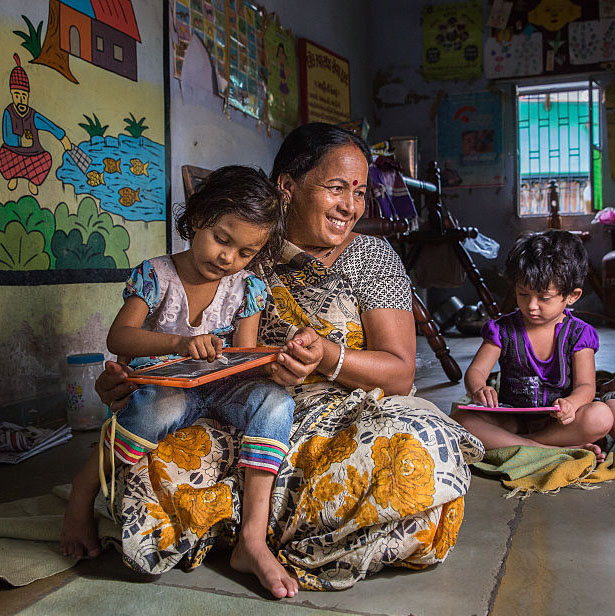
Solution 1
Leverage digital tools
Women in poverty are less likely to have formal identification, own a mobile phone, or appear in a social registry—making them effectively invisible to their governments.
Advanced digital I.D. and money systems can help women receive cash quickly and securely.
In Indonesia, Nigeria and Zambia, digital cash transfers offered women safer access and increased control over funds.
Solution 2
Support women’s businesses
The Women Entrepreneurs Finance Initiative, a nonprofit partnership supporting female entrepreneurs, last year announced nearly US$50M in funding for 15,000+ women-led businesses. Contributions such as these can help fill critical gaps in government support.
Our businesses have been growing, only to be disrupted by COVID-19. Since COVID-19, our lives have not been the same.
Margaret Raman
Single mother and market bean seller
South Sudan
Solution 3
Make every worker count
Informal workers are often forgotten or ignored by economic policy. Tailored support for these individuals is critical to helping economies rebuild equitably.
In Latin America, domestic workers have organized workers associations and unions to protect their economic rights.
They have raised funds, door to door, at the local level and with political authorities. They have organized community kitchens [and] have brought food to their affiliates’ plates.
Adriana Paz
Coordinator for Latin America at the International Domestic Workers Federation
Solution 4
Rethink caregiving
Caregiving is essential labor—but it is too often ignored in national economic policy. Subsidized child care, paid sick leave, and more can provide vital assistance to caregivers and their families.
In India, the nonprofit Seva Mandir hires and trains local women to provide day care, preschool education, and nutrition to underserved children. Research shows that these benefits reduce the time mothers spend on caregiving, thereby allowing them to work outside the home and earn wages.
COVID-19 is an unprecedented challenge that demands bold solutions.
By focusing on women, we can not only stabilize economies but build a brighter, more equal future for all. Let’s get to work.
Note about missing data: Data and insights presented here give us a sense of a pandemic’s impact on women and girls, but a complete picture will remain out of reach until we prioritize quality data collection about gender. As long as critical gaps in data collection remain, responses to COVID-19 risk leaving out millions of women and girls—and thereby slowing recovery.
Data sources
- ILO, "COVID and Work, 6th edition
- ILO, "COVID and Work, 6th edition
- ILO, "COVID and Work, 5th edition
- PWC, "Women in Work Index March 2020"
- UN Women, "Facts and Figures: Economic Empowerment"
- Federal Reserve History, "The Great Recession"
- Bill and Melinda Gates Foundation, "2021 Annual Letter"
- World Bank, "After the pandemic, put women first"
- World Bank, Women Entrepreneurs Finance Initiative Invests In Over 15,000 Women-Led Businesses Amidst COVID-19 Crisis”
- UN Women, “COVID-19 and its economic toll on women: The story behind the numbers”
- Nandi et al., 2020, “Access to affordable daycare and women’s economic opportunities: evidence from a cluster-randomised intervention in India”
Photo Credits
- Artur Widak/NurPhoto via Getty Images
- Johannes Eisele/AFP via Getty Images
- Leonardo Fernandez Viloria/Getty Images
- Education Images/Universal Images Group via Getty Images
- Kevin Frayer/Getty Images
- Luis Robayo/AFP via Getty Images
- Gates Archive/Sumy Sadumi
- Gates Archive/Samantha Reinders
- Gates Archive/Janet Jarman
- Gates Archive/Alissa Everett
- Gates Archive/Mansi Midha
- Majority World/Universal Images Group via Getty Images
- Paula Bronstein/Getty Images
- Mauro Pimentel/AFP via Getty Images
- Gates Archive/Nyancho NwaNri
Read next


